My first year of shooting film Part 10
Do you know how one photo taken with a specific lens can win you over, although you know that there is more to it than this one photo, and that the photographer probably has a large part in the result as well? For example ever since I saw this photo Hamish made I want the Zeiss Hologon 16mm lens (read his review here):
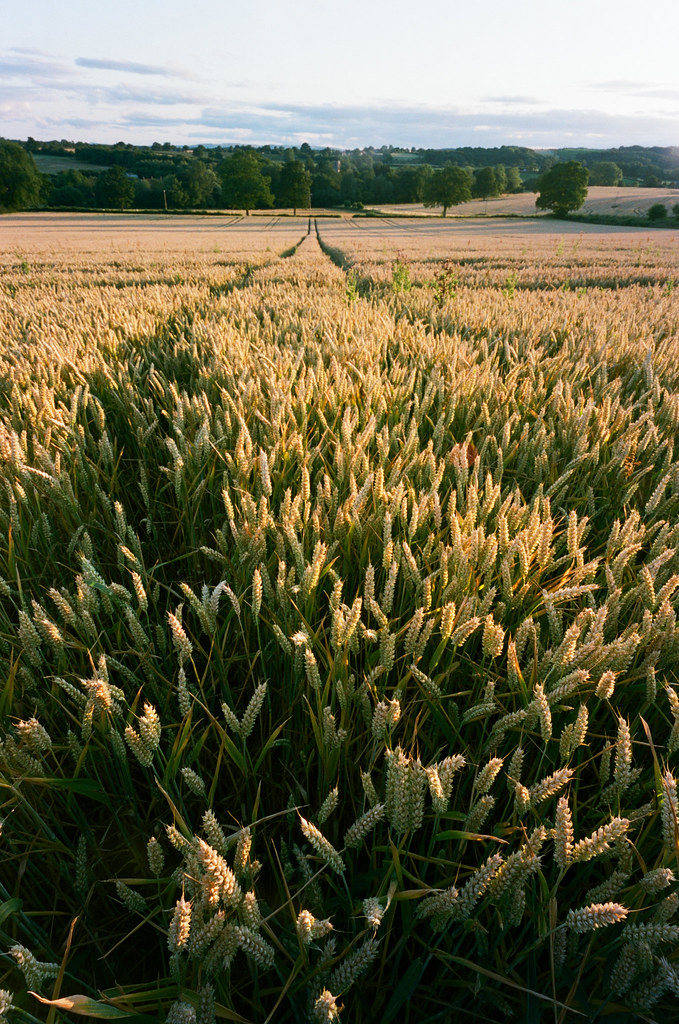
A similar thing can happen with film, one photo can sway your mind towards one film type or brand, even though the photographer, lens, developer and scanning all are part of the result. But the mind works in mysterious ways, and emotions have their own logic. So I thought I was going to use HP5+ as my go-to black and white film, but then I couldn’t get this photo I took in Curaçao out of my mind:
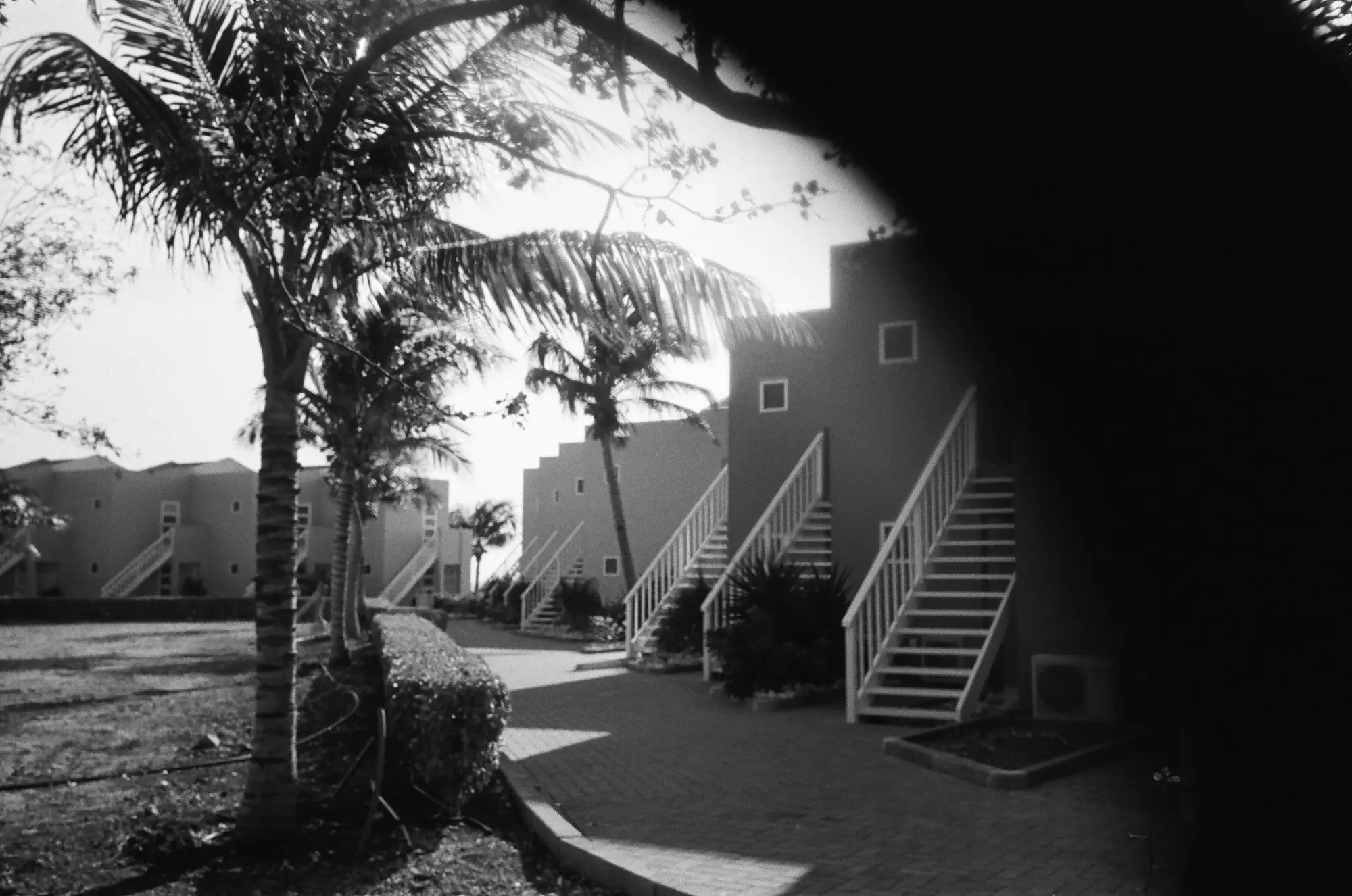
It doesn’t make sense at all, it’s not a good photo, and not only because the strap blocked part of the lens. But I love the glow. I have been going over this many times, and I keep coming back to this photo. I wanted to write a post on how I had made my mind up about using HP5+ based on how clean it is and how beautiful the details are, but when selecting the photos to accompany this I realised that I actually prefer Tri-X.
Back to the beginning: as a starting film photographer you have to figure out which film to use. Of course part of the fun of analogue photography is switching it up and experimenting, but it makes sense to keep it simple and straightforward in the beginning, as there are enough parameters to learn to deal with. So for a beginner the most obvious choices for black and white are Kodak Tri-X or Ilford HP5+ (I know there are more options, but these seem to get used most, and I am keeping it simple, right?). So I shot a few rolls of Tri-X and a few rolls of HP5+ and I was ready to make a decision.
There is a technical way to approach this. I recreated the characteristic curves from Tri-X 400 and HP5+ from the website from Kodak and Ilford respectively, see image below. From the characteristic curves you can see that Tri-X will display more contrast in the highlights, where HP5+ will give more contrast in the shadows. Different development times will give different results though. I also tried to make a quantitive comparison on grain, but where Kodak specifies the granularity (diffuse rms granularity is 17), I couldn’t find a number for HP5+.
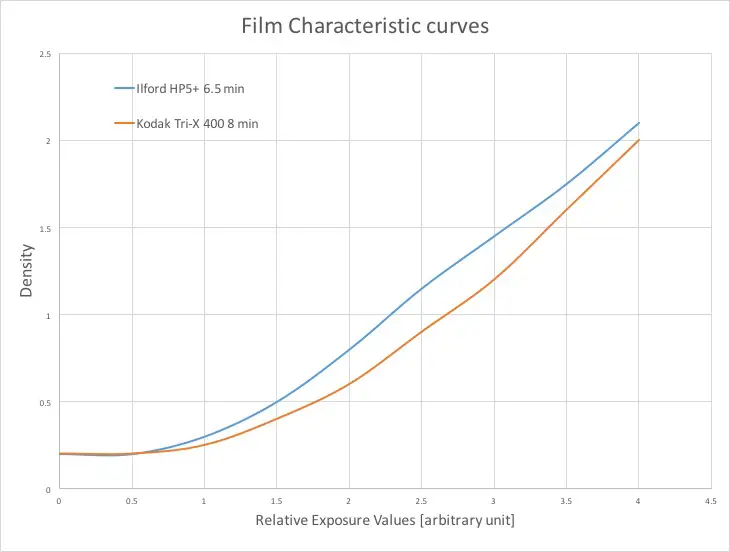
But the technical approach, how interesting it may be, is not what is going to make the heart sing, at least not mine. So I am looking at results. For a Dutch girl like me Tri-X is an obvious choice for art as former Dutch photographer Anton Corbijn (he is now a director) chose Tri-X for it’s forgiving nature. A typical Anton Corbijn portrait:
For an example of HP5+ I again turn to Hamish’ flickr-stream. I always loved this next one, although it was pushed so it is not representative for ‘normal’ HP5+ use:
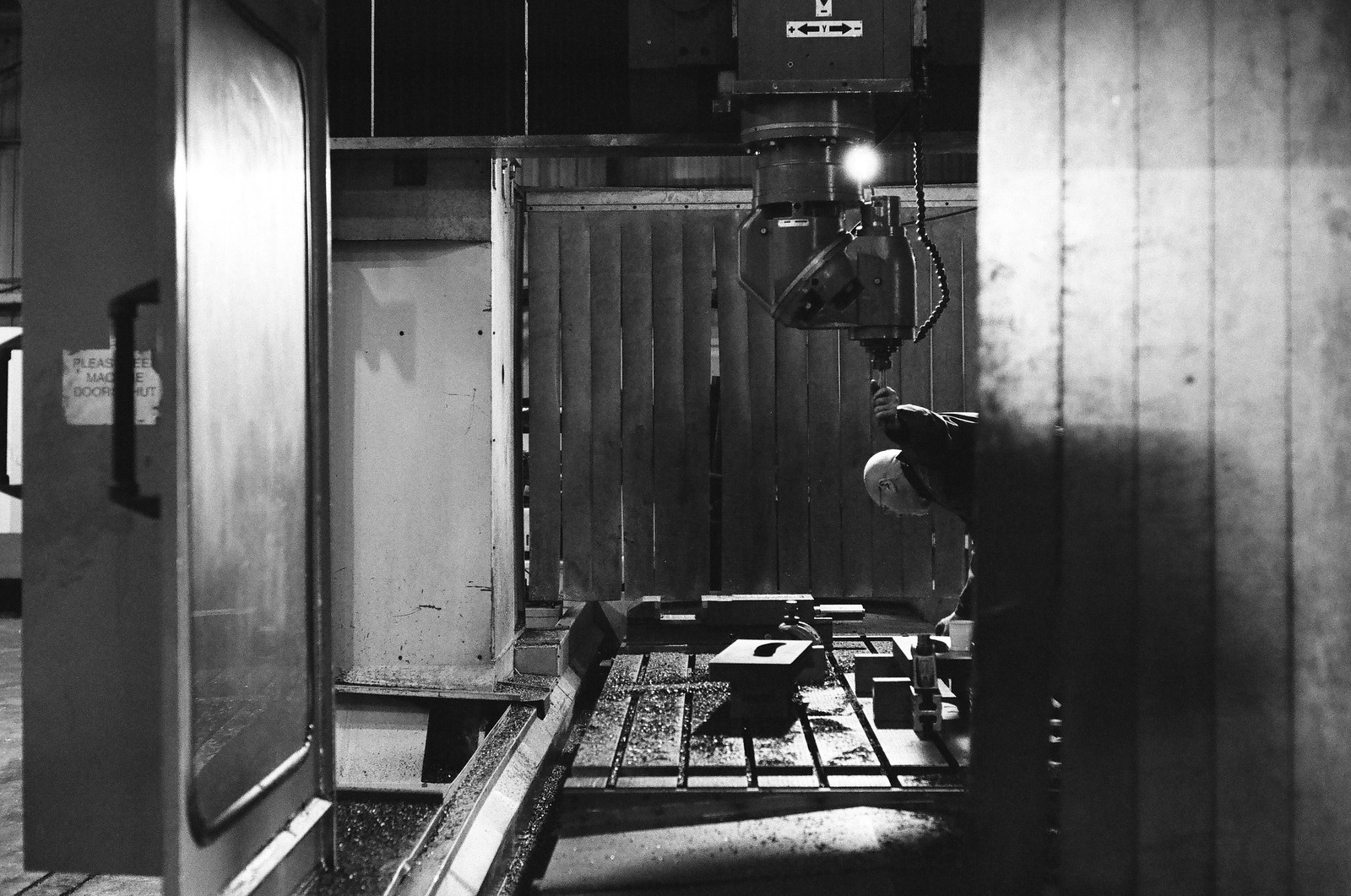
Both images have their own characteristics, and I really like them both. So far it is difficult to pick a favourite.
As inspiring as both photos may be, in the end it is about what I can achieve with the film. So I have been comparing some of my own results, in similar circumstances. I have to add the disclaimer that it is not a scientific research, I don’t have results with all parameters controlled, so camera’s vary, lenses vary, light circumstances vary, etc. This makes it totally unfair, but again, emotions are not fair!
Two photos I made in a forest:
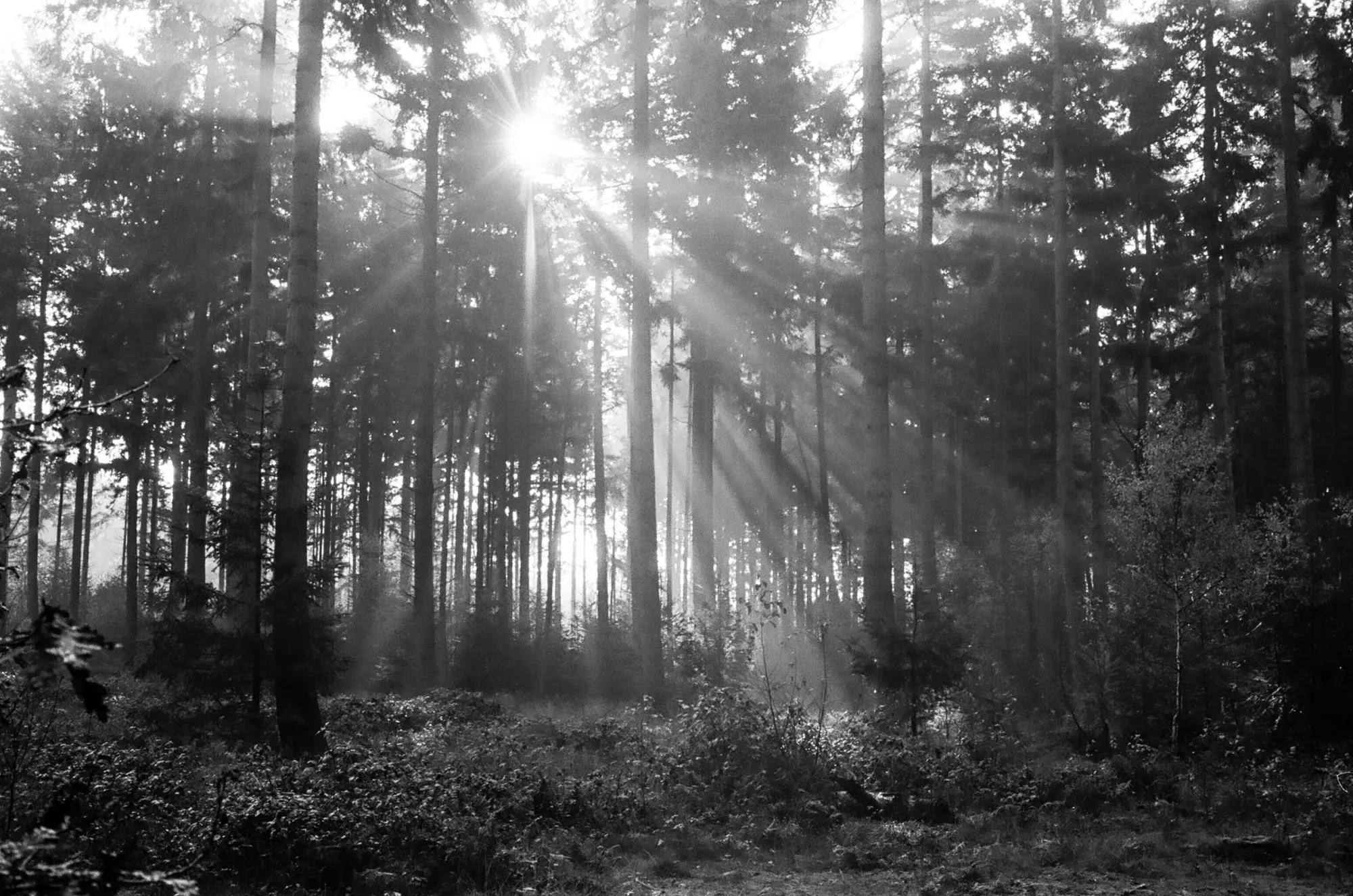
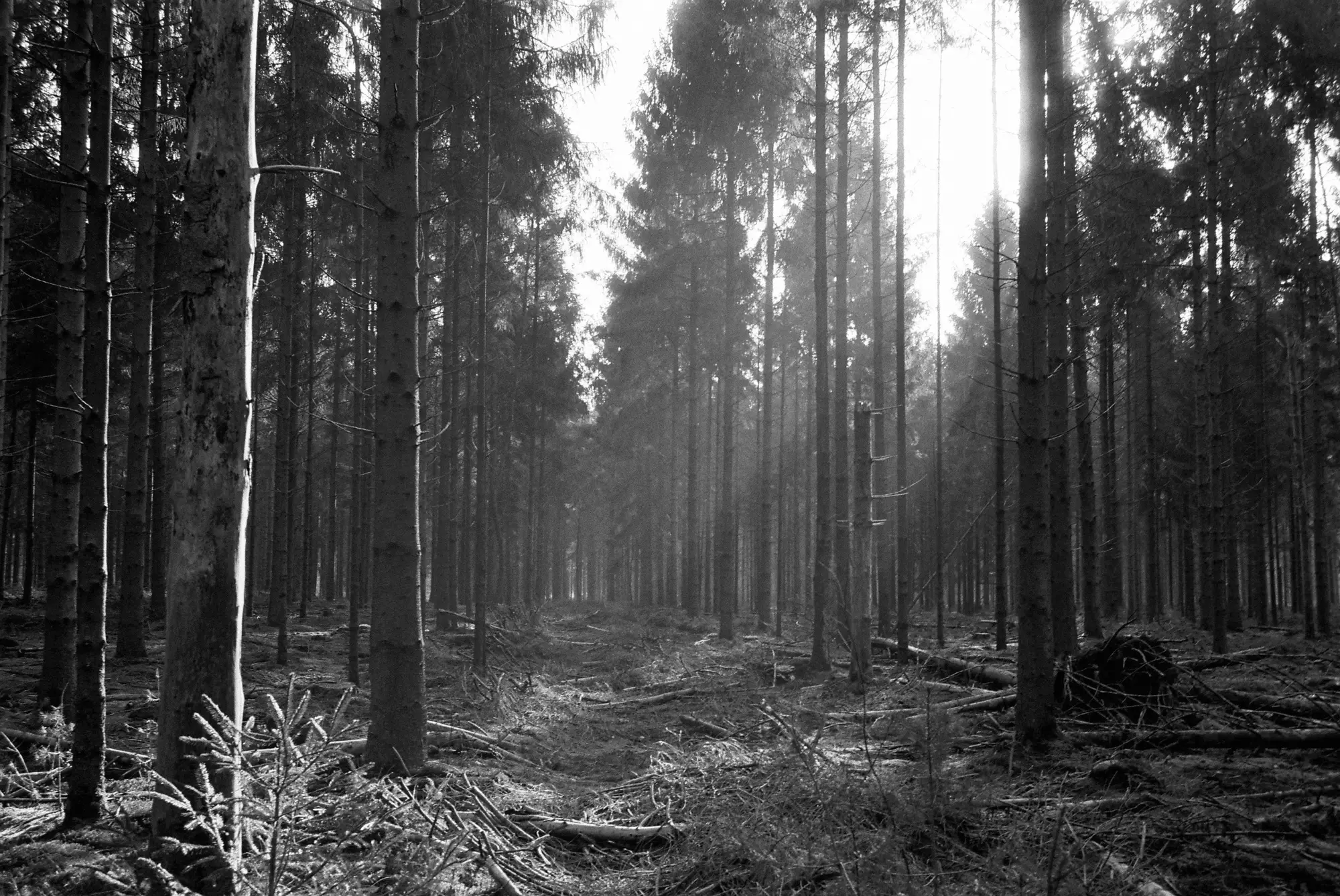
I like them both, I guess the second one is sharper due to the modern lens, but the result is almost too decent, too pretty. The first one seem to connect with me more, but that could be the light instead of the film.
Another comparison with images taken in bright daylight (although one in Curaçao and one in the Netherlands):
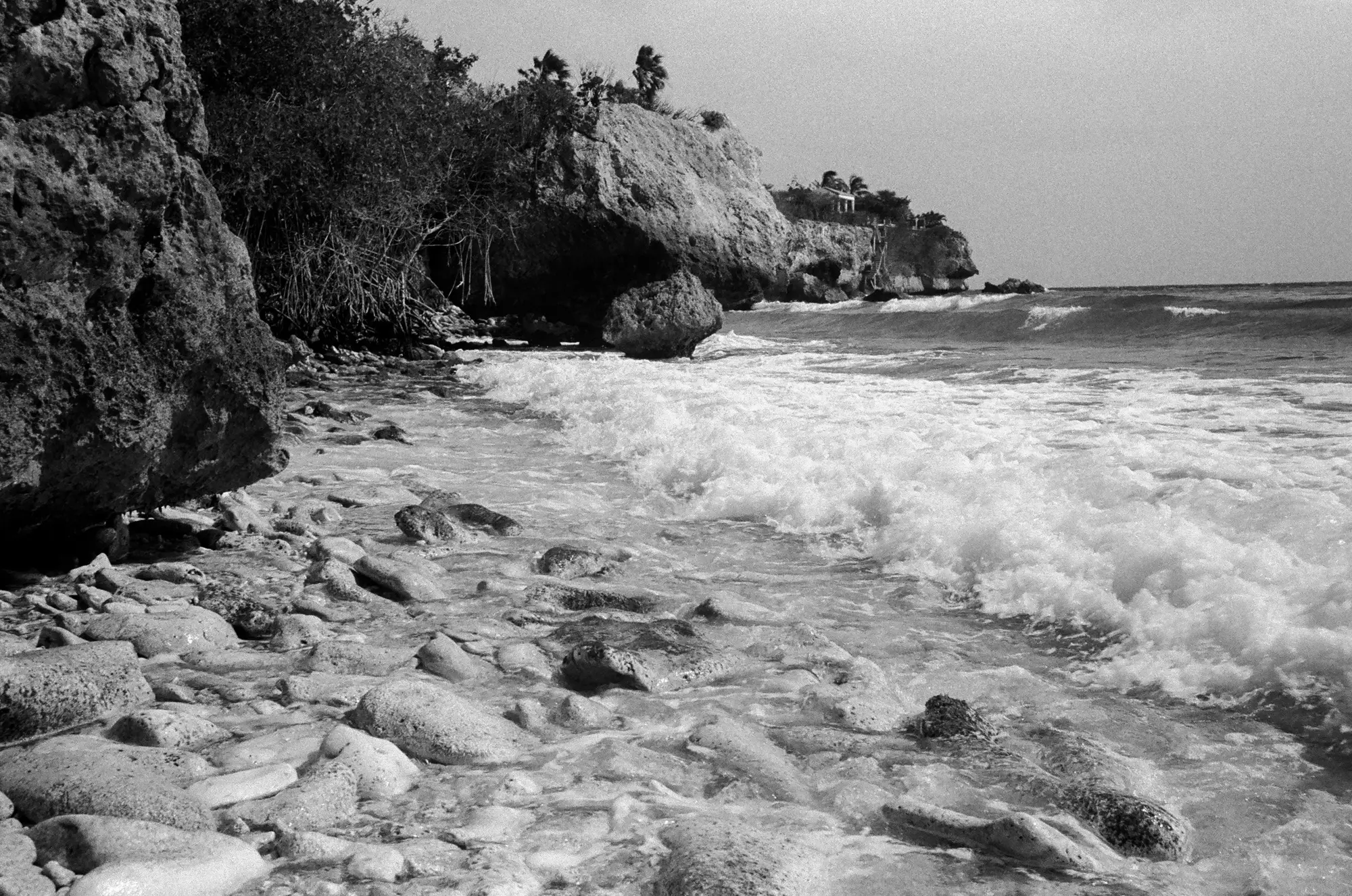
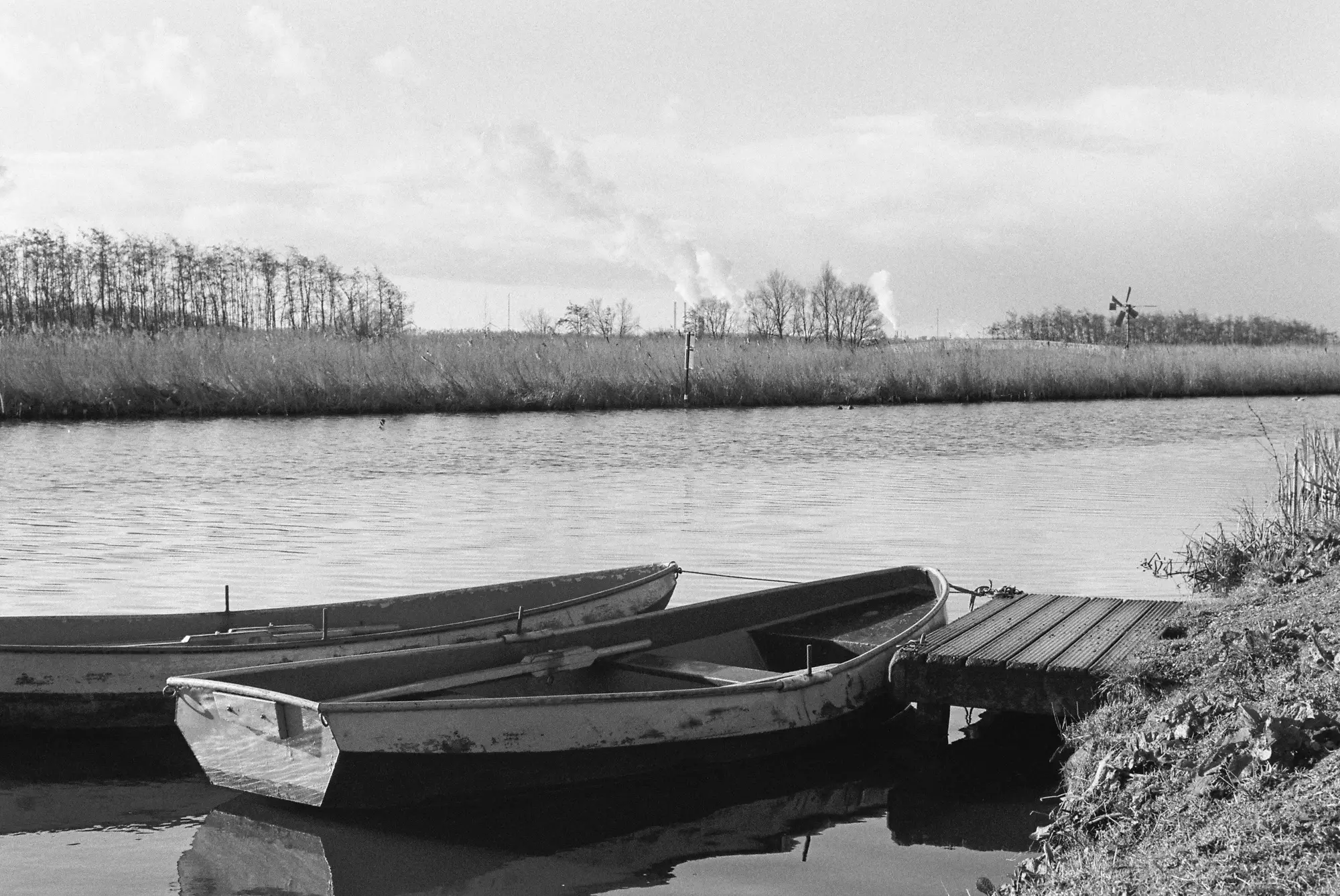
This time the modern lens was combined with Tri-X and the vintage lens (Summilux from 1970) combined with HP5+, but again the HP5+ looks sharper, neater. In this case I clearly prefer the first one, the film seems to add to the different textures in the image.
The point I am going to make is that in the end HP5+ is too pretty for me. In the previous results you could say that the subjects played a role in that, so I include a pretty one here too. Both photos with a pretty subject, again one with Tri-X, and one with HP5+.
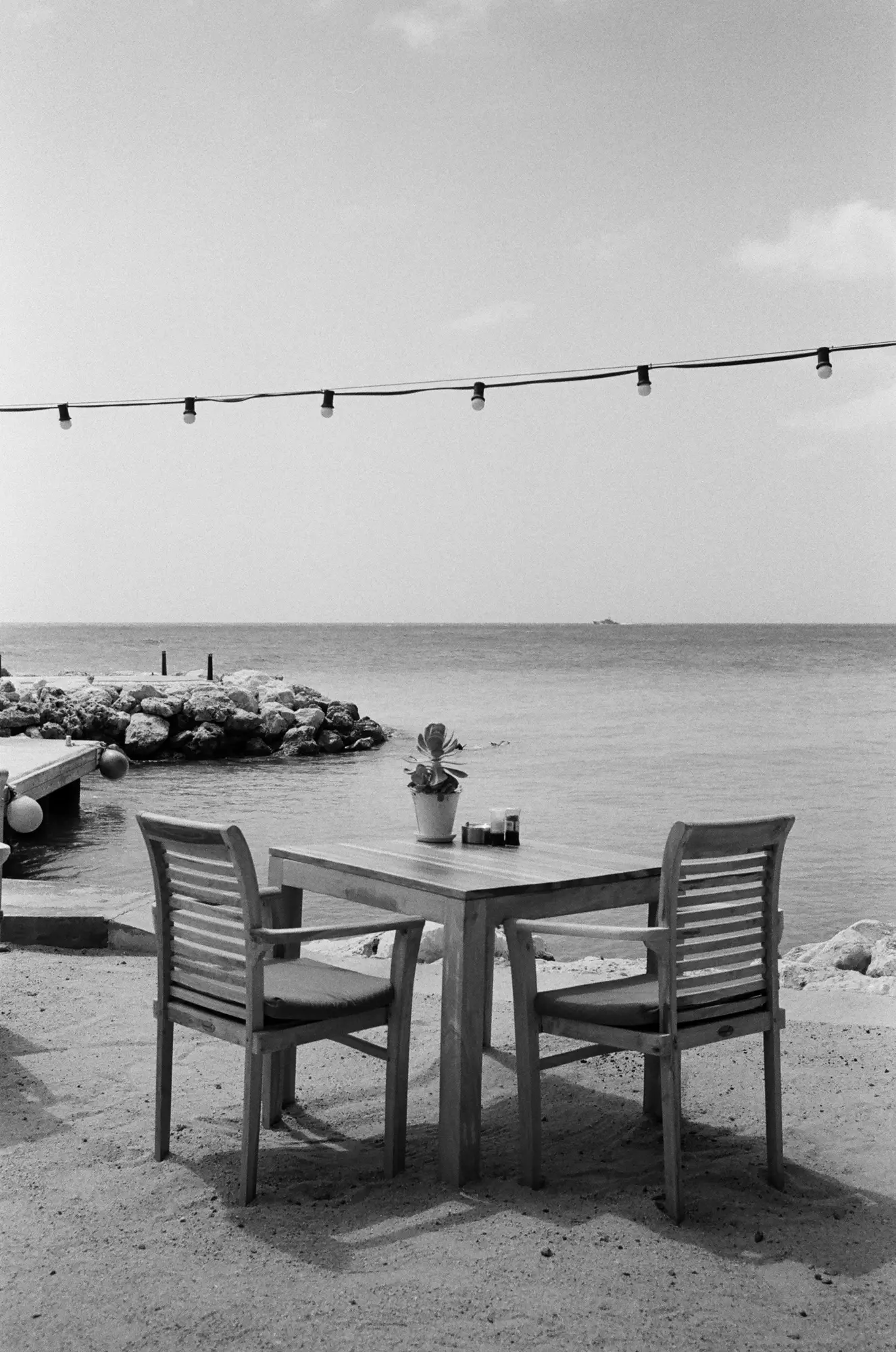
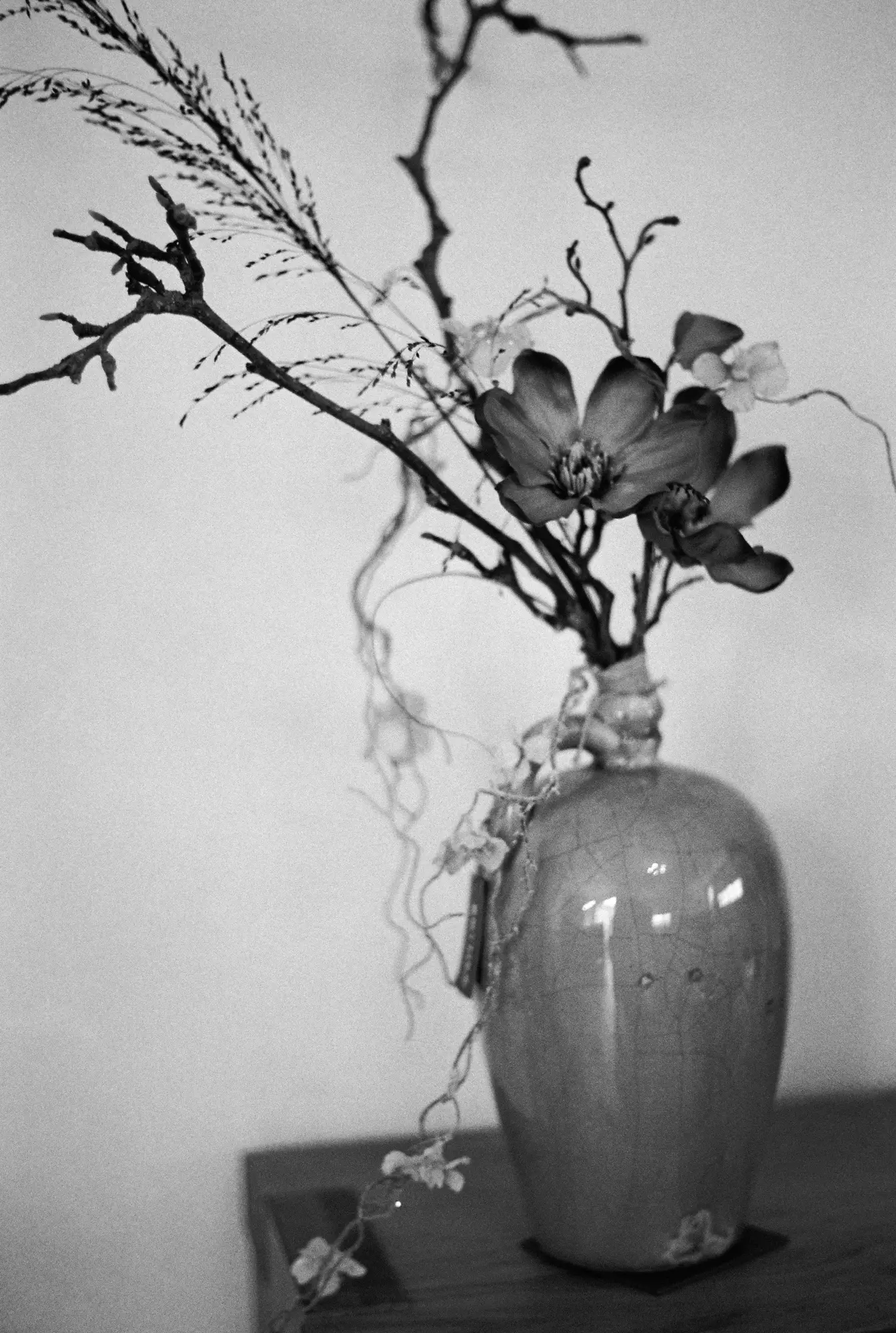
I think for these two photos it’s a tie, both display nice tones, both look sharp enough to me.
There is one photo that swayed me towards HP5+. It’s this next one with the flowers, where the clarity of the vase and the water is what made me really happy:
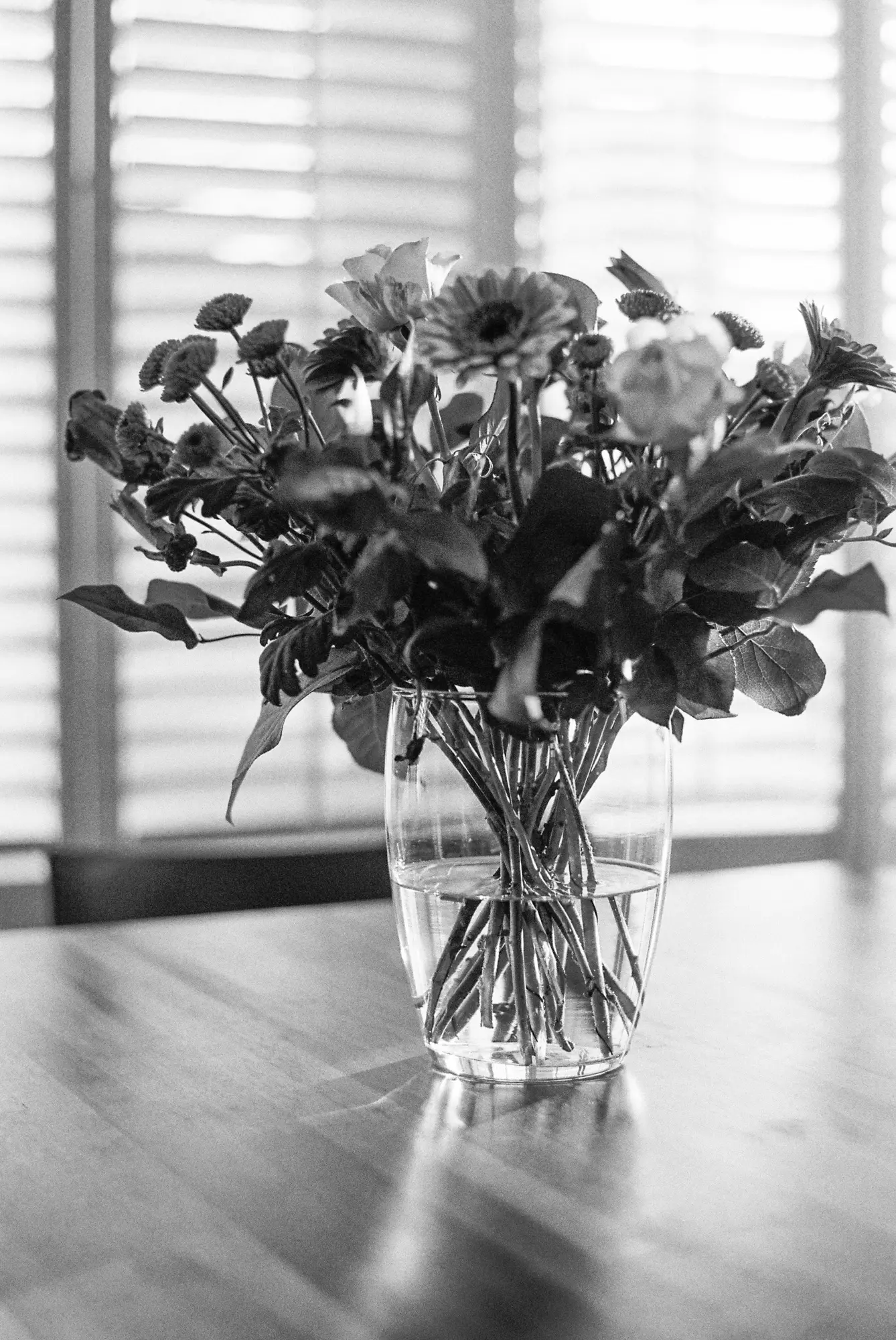
However, I realised that for pretty photos I prefer color. However much I like the HP5+ results, in the end I prefer to shoot color when I am shooting landscapes or pretty pictures. When it comes to black and white I love the edge of Tri-X, and in some photos (depending on the light of course) there seem to be a glow that seems rarer with HP5+ (at least in my own photos).
Due to some coincidence (I saw one sitting on a shelve at the repair shop) I bought a Rollei 35 S. My plan with this camera is to practise shooting portraits of people that I do or do not know. I think the charming character of this really small camera will help me to do that, as it is less intimidating, and it might be a conversation starter. With that in mind, Tri-X seems to make more sense. Inspired by Anton Corbijn and by the nature of this camera I intend to focus on the character of the photo, and not on sharpness or neatness. Tri-X seems to be the perfect match for that. For pretty and sharp photos I will use Kodak Portra 400 with my Leica M2, and for dirty, quick and impressionist kind of photos I will use Tri-X with the Rollei. At least that is the plan for now :-).
Two more examples taken with the Tri-X:
Curaçao beach, pretty but not too pretty.

A photo I like for the ‘glow’, even if the photo is not sharp. Could the glow be explained by the characteristic curve?
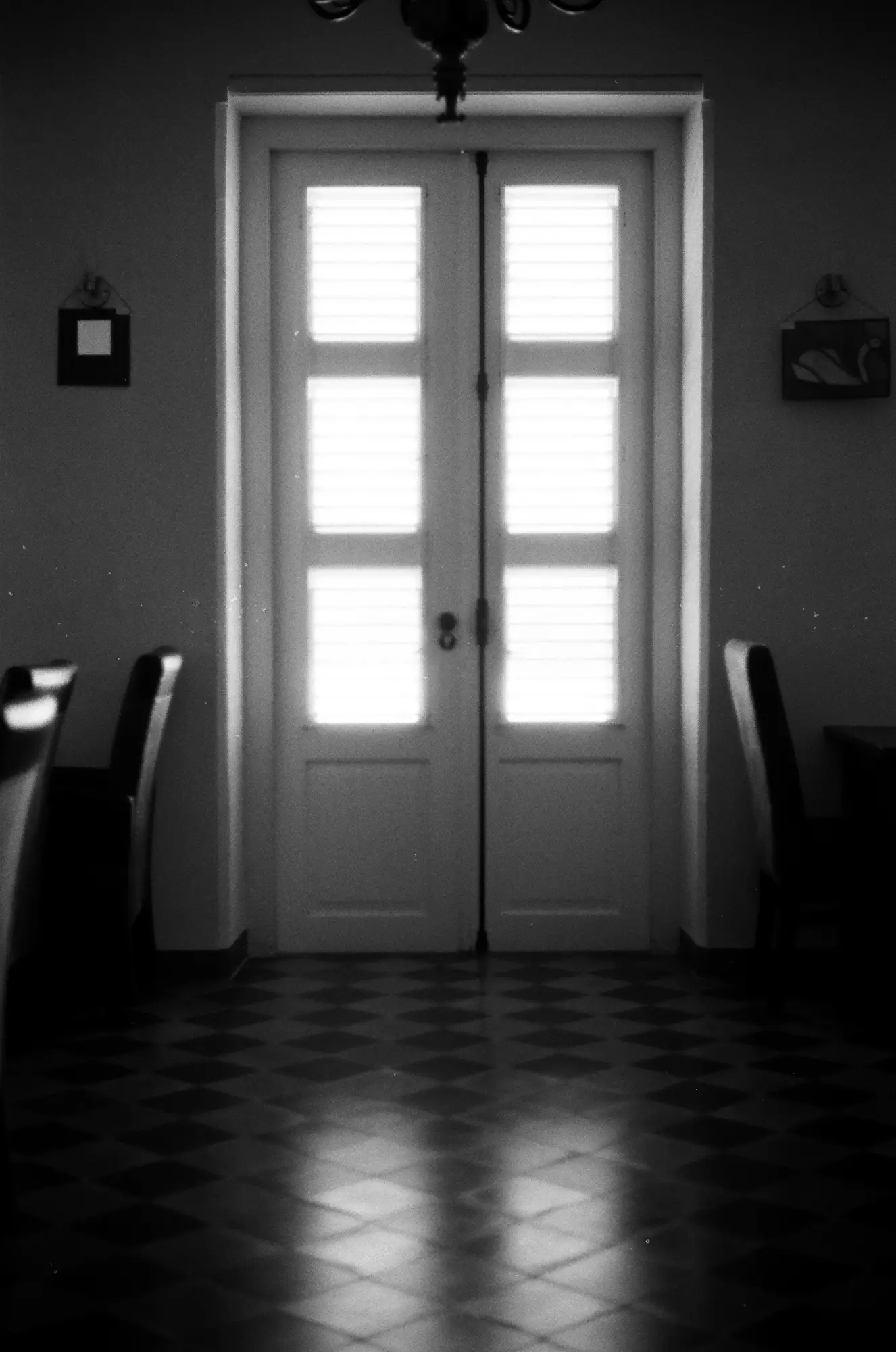
The biggest lesson learned here for me is that in trying to pick a favourite I have to look at how and where I want to use it. When I was just trying to find ‘the’ best film, I couldn’t make up my mind. But when I had a plan of what I wanted to photograph it became clear. Pretty straightforward for most of you probably, as it is for me in hindsight…
All Tri-X photos were developed and scanned by AG Photolab, all Ilford photos were developed and scanned by UK Film Lab.
Thanks for reading, and Hamish, thanks for having me!
Read Part 11 of journey into film here.
Share this post:
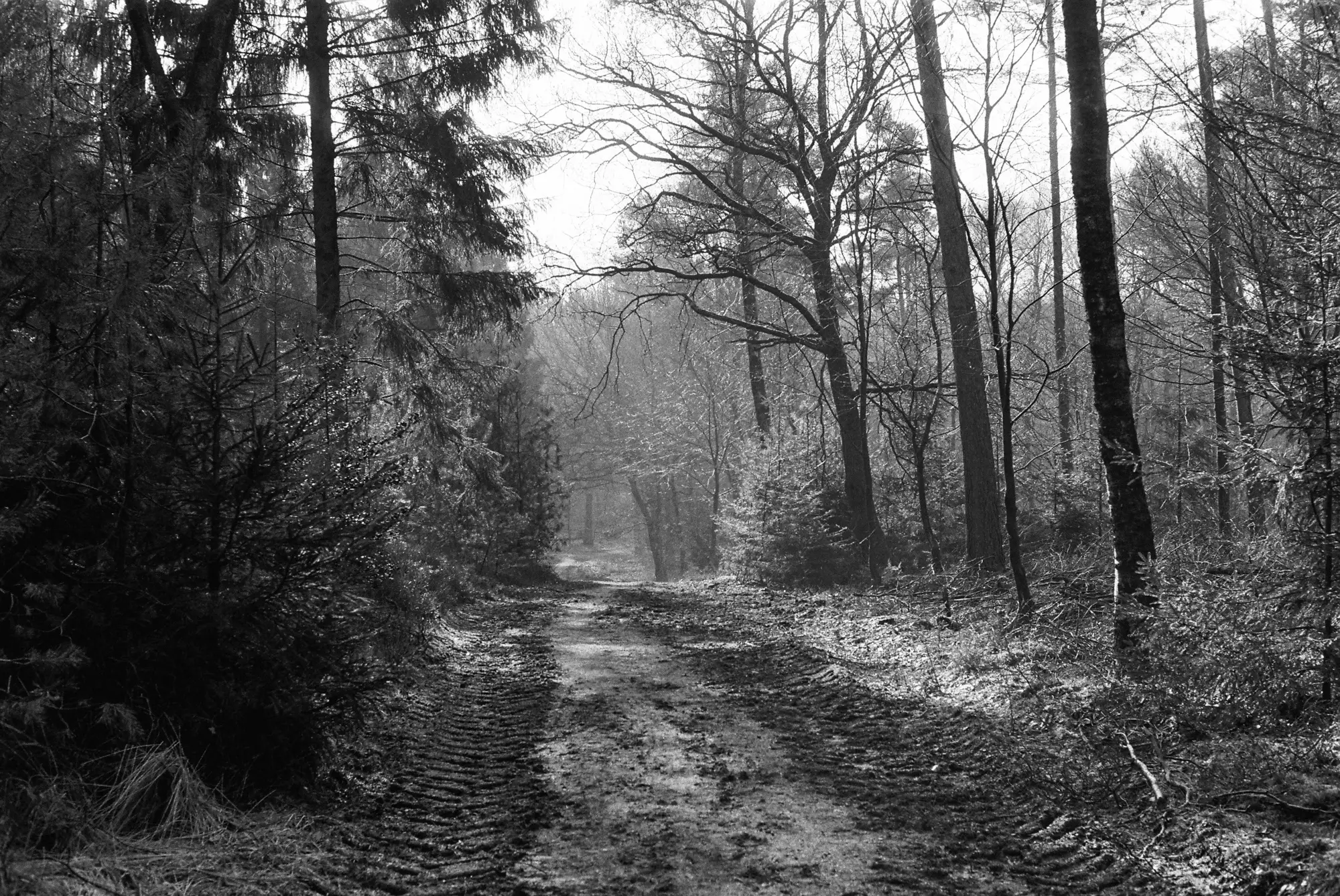








Comments
James Thorpe on Ilford HP5 vs Kodak Tri-X – Finding My Go-To Black & White Film – by Aukje
Comment posted: 13/05/2016
Comment posted: 13/05/2016
Ant Lockyer on Ilford HP5 vs Kodak Tri-X – Finding My Go-To Black & White Film – by Aukje
Comment posted: 13/05/2016
Comment posted: 13/05/2016
Alex on Ilford HP5 vs Kodak Tri-X – Finding My Go-To Black & White Film – by Aukje
Comment posted: 13/05/2016
tri-x exhibits what i refer to as a "vintage glow". it puts more separation between the viewer and reality (an ethereal effect). i think a lot of people really like this aesthetic and it works wonderfully for certain subjects. combine tri-x with some vintage glass and this effect is going to become very apparent.
i've shot hundreds of rolls of hp5 and tri-x. every time i look at a tri-x negative, i can't help but wonder if it would have looked better shot in hp5. so, i now shoot hp5 solely. hp5 puts me somewhere between vintage and modern and i guess that's where i am most happy.
Comment posted: 13/05/2016
Greg Antikian on Ilford HP5 vs Kodak Tri-X – Finding My Go-To Black & White Film – by Aukje
Comment posted: 13/05/2016
I have to say, that I mainly use film for the streets. And my style is pretty clean. Not ver dark and grainy images, although I'm thinking about it lately !
Anyways .... The last year or so I am stuck to HP5. Why ? Well, the first photos I took with it, pushed to 1600 were of my newborn daughter. Developed in Rodinal. The results were great ! Punch contrast but not "drowned", fine grain and my wet prints look pretty amazing ! Same with my street shots. 1600 , bright, Greek sun, beautiful shadows and the HP5 still delivers.
My only change as of last month, is the developer. I'm using Kodak HC 110and I'm pretty happy with the results.
What is my final thoughts, you may wonder .... Well, of course it has to do with how it makes me feel and I completely agree with that point of your article. My simple advice is stick with the film that gives you what you like and if you feel like it, try something else and experiment. But firstly, stick with one type only and work on it. Another piece of advice, try to develop your own b&w. It's really cheap, fun and easy. Trust me ! After that your image nay vey yet once again, it will surely open your eyes and mind and who knows, you may love another emulsion someday ! But that's the fun of that, isn't it ?
Me, for example, although "stuck" on HP5 am getting some rolls of that tomorrow and one roll of TriX cause I want to get back to it and see how it is with HC110. Nothing wrong with that !
So keep having fun, all the way. Just keep some parameters standard at least for a while till you get to know a film and from there you will surely be able to get on sth else and see how it compares.
Cheers !
Comment posted: 13/05/2016
Comment posted: 13/05/2016
Comment posted: 13/05/2016
Jack Baty on Ilford HP5 vs Kodak Tri-X – Finding My Go-To Black & White Film – by Aukje
Comment posted: 13/05/2016
Comment posted: 13/05/2016
Devlin Cook on Ilford HP5 vs Kodak Tri-X – Finding My Go-To Black & White Film – by Aukje
Comment posted: 13/05/2016
He uses primarily Kodak Tmax 400 and a vintage Summarit lens. Although I have noticed a lot of his latest work is shot on HP5.
I personally like Tmax as it comes out really well pushed to 1600 although it seems HP5 is also really good, even up to 3200.
After weeks of research I just bought most of the supplies to start home developing, as this seems to have just as much of an effect on the final image as the use of film and lens. And thanks to this site, more research on which scanner to get lol!
Thanks for the post and I look forward to your next (first experience with developing perhaps ;)
Comment posted: 13/05/2016
Bruno Candeias on Ilford HP5 vs Kodak Tri-X – Finding My Go-To Black & White Film – by Aukje
Comment posted: 14/05/2016
I personally just use Ilford because I think they care more about the costumers, as the end result is about the same. I doubt that comparing prints in a blind test anyone would tell the difference.
Cheers!
Comment posted: 14/05/2016
Hamish Gill on Ilford HP5 vs Kodak Tri-X – Finding My Go-To Black & White Film – by Aukje
Comment posted: 14/05/2016
It's funny isn't it, despite you pointing out how unsceientific this is, and how it's about gut response etc, as soon as something is "compared" it has to be a scientific thing - despite the fact we are talking about a largely non-scientific subject.
I completely get where you are coming from. So often have I found myself making decisions in photography that are based on gut and personal experience rather than through perfect scientific testing process.
We are at the end of the day talking about an art form, something that's achieved with the none-logical part of our brain - if you let that part of your brain create the rationale, it can be swayed by all sorts of things.
What is the alternative to this process? Shooting two rolls at the same time of identical subject matter, with the same camera and lens. To make it fair the film would have been kept in the same conditions after being made on the same date. It would need to be developed at the same time, scanner by the same person who applies the exact same process. The variables are huge!
The alternative, as you have found is to follow your gut, your nose and the best possible judgement to a series of experiences to a point that allow you to find the next step in your path. I've done it 100 times, as will have everyone who has and will comment.
Comment posted: 14/05/2016
Comment posted: 14/05/2016
Comment posted: 14/05/2016
Comment posted: 14/05/2016
Hamish Gill on Ilford HP5 vs Kodak Tri-X – Finding My Go-To Black & White Film – by Aukje
Comment posted: 14/05/2016
I shoot it because I now know how it works and what I can get away with, and last time I tried tri-x I didn't like the results
Comment posted: 14/05/2016
Roy on Ilford HP5 vs Kodak Tri-X – Finding My Go-To Black & White Film – by Aukje
Comment posted: 14/05/2016
I have to highlight though, that choice of film is not the entire story. The choice of developer is just as important. For example, Ilford DD-X gives completely different characteristics than R09.
Anyway, if you want to give home development a try, without the investment of a dark room, you know where to find me in E272 ;).
Comment posted: 14/05/2016
Dave Luttmann on Ilford HP5 vs Kodak Tri-X – Finding My Go-To Black & White Film – by Aukje
Comment posted: 15/05/2016
While I respect the time you took to do your "comparison," I would have to disagree with the use of that word. What you have done is not actually a comparison at all. In one way, you portray this as a bit of a scientific test by showing tonal response curves of each film via the graph you included, but then everything else falls into nothing more than really an opinion based upon nothing factual.
When you compared the films, you used different cameras with different metering. As a cosequence, you used different lenses. Then you photographed completely dissimilar subjects in vastly different lighting. Finally, the films were processed in completely different circumstances.
While I appreciate the effort, no one can form any factual opinion based upon this test as no comparison occurred. My suggestion, is to redo this, with both films used to photograph the same scene in the same light with the same camera. Then hand process each film in the same manner. From there we can see how each is different from the other. Based upon what you posted, no one can see how they compare. And thus any comments about prefering one over the other based upon this test is nothing more than an empty opinion.
Sorry if this sounds harsh.
Comment posted: 15/05/2016
Comment posted: 15/05/2016
Comment posted: 15/05/2016
Carlo Nicolucci on Ilford HP5 vs Kodak Tri-X – Finding My Go-To Black & White Film – by Aukje
Comment posted: 15/05/2016
I love the look and grain of hp5, much more than tri-x 400.
Comment posted: 15/05/2016
Sebastian on Ilford HP5 vs Kodak Tri-X – Finding My Go-To Black & White Film – by Aukje
Comment posted: 21/05/2016
I totally get your point of this "unscientific comparison" based on how you feel about the two films and I apreciate it. There are many variables that differ between the shots as others already pointed out here but thats OK. But each lab obviously had a huge impact on the outcome (developer, development time, Agitation, Scanner, Operator, digital retouching ...), probably even more so than the original characteristics of the film. So by sending all of your Tri-X to AG Photolab and all of your HP5 to UK Film Lab you introduced a systematical error instead of just dealing with random variables.
But back to the emotional Level:
That means that everything that you feel about HP5 or Tri-X might actually largely be a result of the treatment by the different labs instead of the films themselves!
Please excuse mentioning statistics but my scientific background just forced me to point this out for you and other Readers who might not be aware of this ;)
Cheers
Comment posted: 21/05/2016
Comment posted: 21/05/2016
Ron Hahn on Ilford HP5 vs Kodak Tri-X – Finding My Go-To Black & White Film – by Aukje
Comment posted: 11/08/2016
I have been the home developer for some time and have tried many bricks of Tri-X, HP5, and Delta 400 now. I have found the biggest impact on my result was the developer. I used 1L of HC-110 (lasts a lot of rolls!) and didn't like the look of things. Now I have moved to DDX and using many litres later I am much more happy with this for all three films. I am firm on development times, agitations and temperatures and I found this is the solution to repeating results. It is like baking the cake, if you follow instructions properly the cake comes out nice.
At the moment I am working on a brick of Delta 400 - I always try one brick before moving on to another film. For the last time I have been shooting Delta 100 and really liked the look. But of course this is always a subjective thought.
Thank you for sharing these thoughts.
Comment posted: 11/08/2016
Comment posted: 11/08/2016
stefano giovannini on Ilford HP5 vs Kodak Tri-X – Finding My Go-To Black & White Film – by Aukje
Comment posted: 02/09/2016
Also a slight change in developing (freshness, agitation and so on) may have more influence. Or how the camera exposes.
The images are too dissimilar and in different conditions to really appreciate the differences between the films.
For an actual comparison the shooting conditions should be more similar.
Photos are good, just wish there were a few with the same shot.
I had similar reservations with the Portra / Ektar article, but in some photos you can see that the Ektar is more contrasty.
Film cameras like old Minolta SLR are so inexpensive, that testing 2 different films in the same conditions with the same lens on 2 different bodies is quite inexpensive.
Comment posted: 02/09/2016
Jeff Evans on Ilford HP5 vs Kodak Tri-X – Finding My Go-To Black & White Film – by Aukje
Comment posted: 09/04/2017
Comment posted: 09/04/2017
Spunk Bubble on Ilford HP5 vs Kodak Tri-X – Finding My Go-To Black & White Film – by Aukje
Comment posted: 13/04/2017
I ask because the contrast is quite punchy in your images something I'd normally put down to coloured filters.
Regard,
Comment posted: 13/04/2017
Karl Valentin on Ilford HP5 vs Kodak Tri-X – Finding My Go-To Black & White Film – by Aukje
Comment posted: 05/11/2018
You shoot different subjects with different cameras
to compare different analoge films - just to give all
to a lab without even knowing anything about their
process which maybe works better for one film and
not for the other only to let them also scan with settings
not adjusted to the gradation = it’s just a gamble……
Comment posted: 05/11/2018
Shooting Black & White Film at the Zoo – by Christian Schroeder - 35mmc on Ilford HP5 vs Kodak Tri-X – Finding My Go-To Black & White Film – by Aukje
Comment posted: 16/01/2020
Antoino on Ilford HP5 vs Kodak Tri-X – Finding My Go-To Black & White Film – by Aukje
Comment posted: 07/10/2021